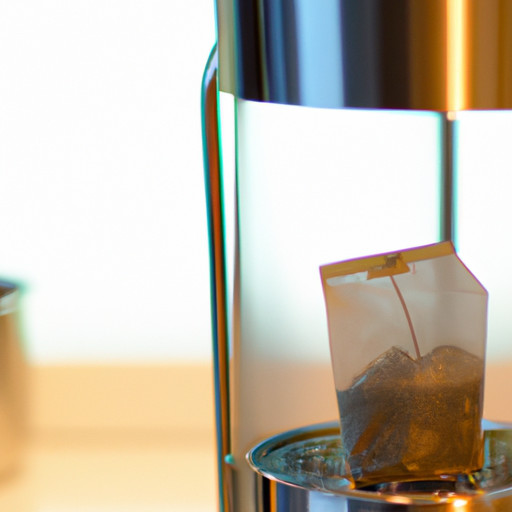Introduction
Are you an avid tea drinker who has wondered whether you can make delicious tea in a coffee maker can double as a tea brewer? The good news is that yes, it’s possible to make delicious tea using a standard countertop coffee maker! However, there are some crucial factors and differences between brewing coffee and tea that you should consider before diving in.
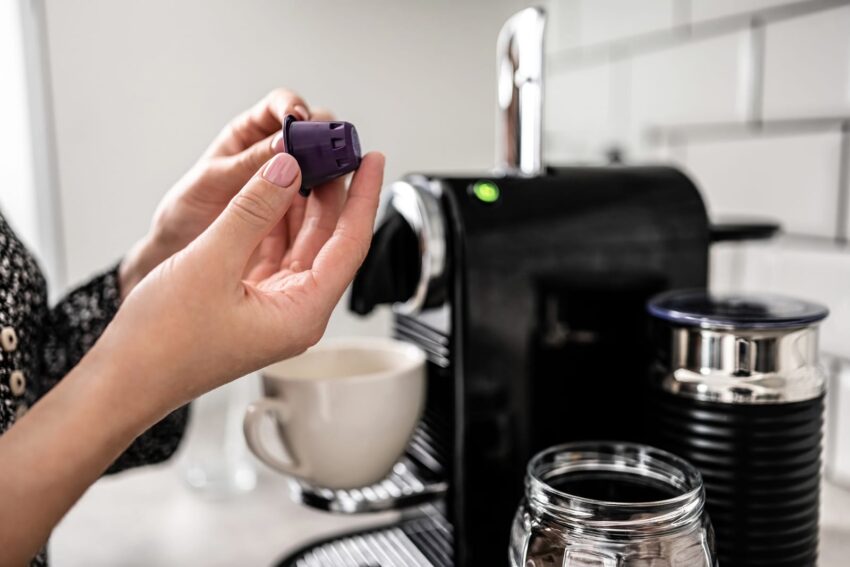
In this blog post, we’ll explore those considerations and share the step-by-step process of making the perfect tea in a coffee machine. Whether you’re a fan of black, green, or iced sweet teas, we’ve got you covered.
Key Takeaways
- It is possible to make tea in a coffee maker, but there are important differences between brewing coffee and tea that need to be considered, such as optimal temperature and steeping time.
- Using a coffee maker for tea has its pros, including convenience and speed, a variety of brewing options, and adjustable brewing time. However, it also has its cons like flavor contamination from leftover coffee residue or mineral build-up over time.
- To make perfect tea using a coffee maker, choose the right type and amount of tea; adjust the brewing time and temperature accordingly; use filtered water for better results; clean the machine before each use. Finally, experiment with different blends/strengths to find what suits your taste buds best.
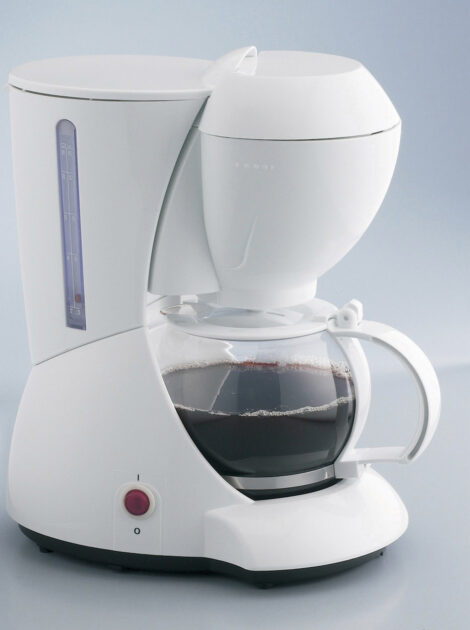
Making Tea In A Coffee Maker: Is It Possible And What To Consider?
Brewing tea in a coffee maker is technically possible, but there are several factors to consider, including the differences between coffee and tea brewing and the pros and cons of using a coffee maker for tea.
Differences Between Coffee And Tea Brewing
Brewing tea and coffee may seem similar at first glance, but there are subtle differences that play a crucial role in determining the flavor and quality of the final product.
Another key difference between brewing coffee and tea is steeping time. Coffee grounds need only a few minutes to extract their robust flavor, while various types of tea demand specific steep times ranging from 2 to 7 minutes; taking care not to overstep can prevent your carefully crafted cup from becoming bitter or overpowering.
Moreover, certain nuances like using coarser grinds for cold brews or adjusting water-to-coffee ratios exist within the world of coffee-making, much as experimenting with loose leaf quantities and blends creates endless possibilities for personalized tea experiences.
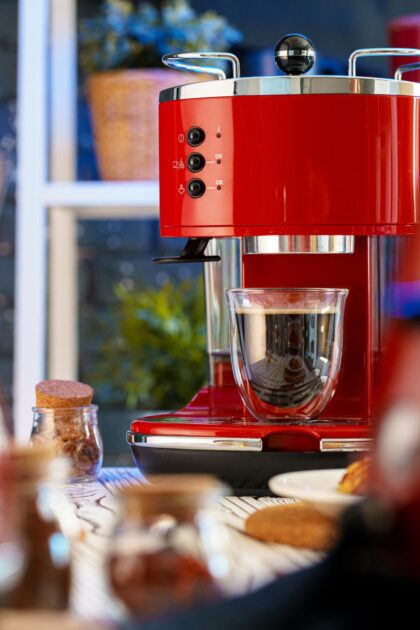
Pros And Cons Of Using A Coffee Maker For Tea
Making tea using a coffee maker has its advantages and disadvantages. For tea lovers and consumers, it is essential to understand these pros and cons before deciding whether or not to use a coffee maker for brewing.
| Pros | Cons |
|---|---|
| Convenience and speed: Brewing tea in a coffee maker is quick and easy, especially for those who already own a coffee maker. | Water temperature: The ideal brewing temperature for different types of tea varies, and a coffee maker may not provide the optimal temperature for each type (fact 6 and 7). |
| Variety: A coffee maker allows you to brew tea using tea bags, loose leaves, or compressed fermented tea leaves (fact 3). | Flavor contamination: Coffee residue left in the coffee maker may affect the tea’s taste (fact 8). |
| Adjustable brewing time: Some coffee makers have programmable brewing times, allowing you to tweak the brewing time for different tea types. | Mineral deposit build-up: Over time, coffee makers may accumulate mineral deposits that can impact the tea’s flavor (fact 9). |
| Less clutter: Using a single appliance for both coffee and tea can help save countertop space. | Experts recommend alternative methods: Tea connoisseurs often advise using a kettle or a dedicated tea maker for optimal results (fact 10). |
When deciding whether to use a coffee maker for tea, it is crucial to weigh these pros and cons and consider personal preferences and how important the quality of your tea is to you.
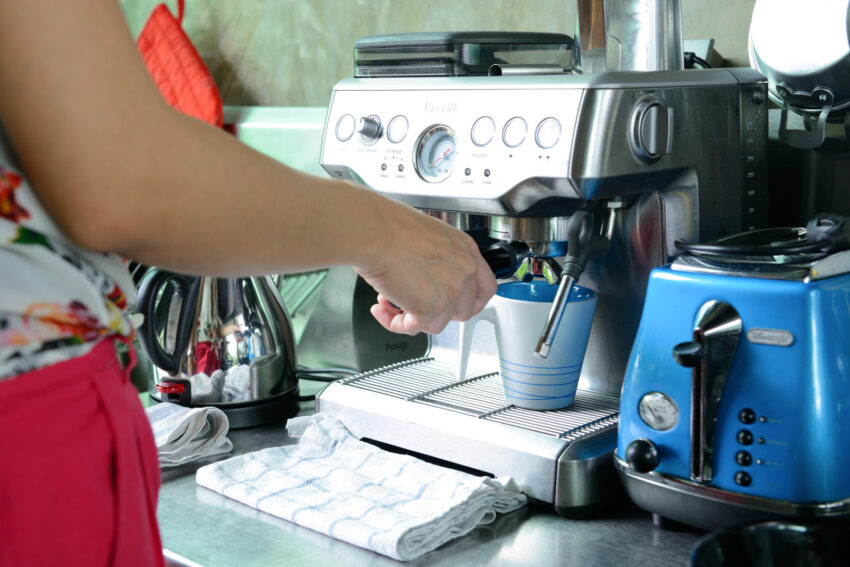
Factors To Consider Before Making Tea In A Coffee Maker
Before you start making your tea using a coffee maker, here are some important factors to consider:
- Type of Tea: Consider the kind of tea you want to make as different teas require different brewing temperatures and steeping times.
- Water Temperature: The ideal brewing temperature for black tea is 212°F, while green tea requires a lower temperature of around 175°F. Ensure the coffee maker can heat water to the required temperature.
- Coffee Residue: Ensure that you clean your coffee maker thoroughly before using it to brew tea as any leftover coffee residue may affect the taste of your tea.
- Mineral Build-up: If your coffee maker has mineral build-up, it’s recommended to descale it before brewing tea in it.
- Amount of Tea: Be mindful of the amount of tea you put in the coffee filter basket as too much or too little can affect the taste and strength of your tea.
- Steeping Time: Different types of teas require different steeping times, so make sure you adjust the brewing time according to the type and brand of tea leaves or bags used.
By considering these factors before making your tea in a coffee maker, you’ll be able to achieve a perfect brew with optimal flavor and taste every time.
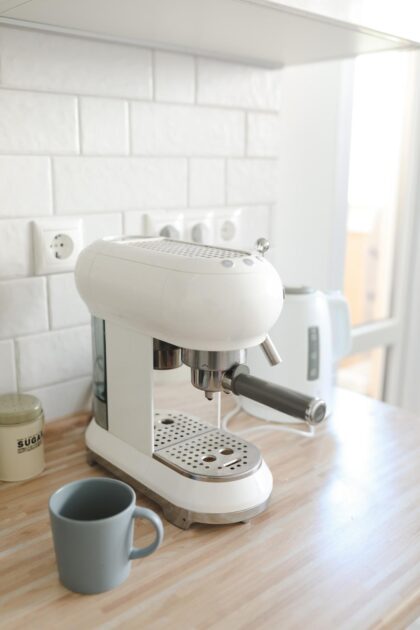
How To Make Tea Using A Coffee Maker
To make a good cup of tea using a coffee maker, start by preparing the coffee maker and filling it with filtered water to prevent mineral deposits from affecting the taste of your tea.
Preparing The Coffee Maker
To make tea using a coffee maker, you need to prepare the machine properly. Here are some steps you should follow:
- Clean the coffee maker: Before brewing tea, it’s a good idea to make sure the coffee maker and coffee pot are clean and free of any residual coffee grounds or debris that may affect the taste of your tea.
- Fill with water: Fill the pot with the amount of water you need for your tea. Make sure to use filtered water for better taste.
- Preheat: Turn on the coffee maker and let it preheat before adding your tea bags or loose leaves.
- Use a paper filter: Use a paper filter meant for coffee makers to avoid any residue from previous use.
- Add Tea Bags or Loose Leaves: Next step is placing your desired amount of tea in either bags or loose leaves into the filter basket as per your preference.
- Decide Strength & Quantity: Depending on how much water you added and the type of tea you’re using, decide upon how many and what strength teabags/loose leaves must be used.
- Adjust brewing time and temperature: Adjusting water temperature – green teas require lower temperatures than black teas and longer steeping times will give stronger flavors.
- Start Brewing: Press the start button to begin brewing.
By following these simple steps, you can make delicious teas in minutes using your coffee maker!
Choosing The Right Tea Type And Amount
To make a delicious cup of tea in your coffee maker, it is important to choose the right type and amount of tea. Whether you prefer using tea bags, loose leaves, or compressed fermented tea leaves, the amount and quality of your tea will greatly affect its taste.
For instance, one standard teabag is enough for a cup of black or green tea while loose-leaf teas generally require more.
If you enjoy strong flavors, then consider using loose-leaf teas instead of teabags as they have a stronger aroma and flavor. Furthermore, some coffee makers may not be suitable for brewing certain types of teas due to their water temperature limitations.
It is recommended that you do some research on the ideal water temperature required for each type of tea before choosing which variety to brew in your coffee maker.
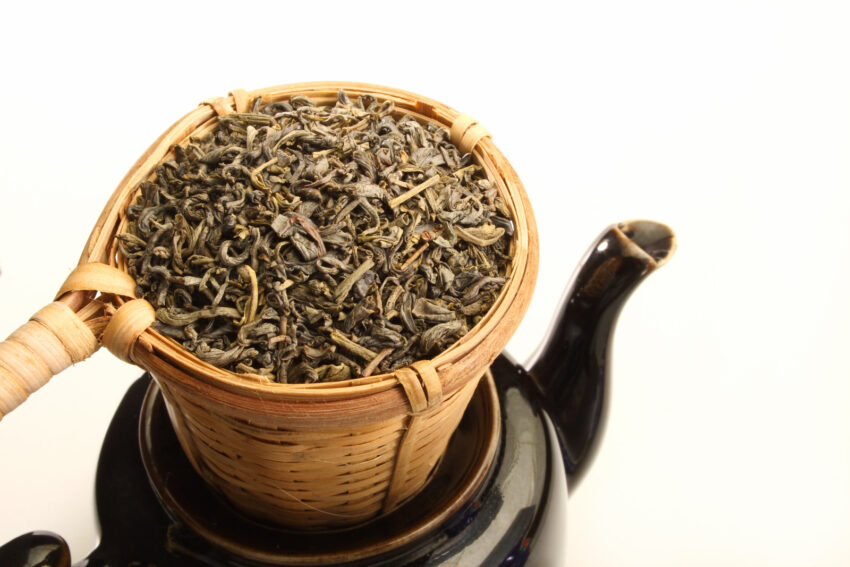
Adjusting Brewing Time And Temperature
To get the best out of your tea when using a coffee maker, it’s important to adjust both the brewing time and temperature. The ideal brewing time and temperature for tea depends on a variety of factors, including the type of tea you’re making and how strong you like your brew.
For example, black teas are typically brewed at higher temperatures (~200°F) than green teas (~175°F).
When brewing with your coffee maker, check if it allows you to control these parameters. If not, try experimenting by adjusting the amount of water used in relation to the amount of tea being brewed: more water can mean less heat retention but will increase flavor distribution throughout your cup(s).
Overall remember that there isn’t necessarily one perfect way to make great-tasting tea (or coffee), so finding what works best for you might take some experimentation along with considering what type of coffee maker you have on hand!
Using Filtered Water For Better Results
To achieve the perfect cup of tea using a coffee maker, it is important to use filtered water. Tap water often contains impurities and minerals that can affect the taste and quality of your tea.
In addition, using filtered water can also help to prolong the life of your coffee or tea maker by preventing mineral buildup. This is especially important if you have hard water in your area, which can leave limescale deposits on appliances over time.
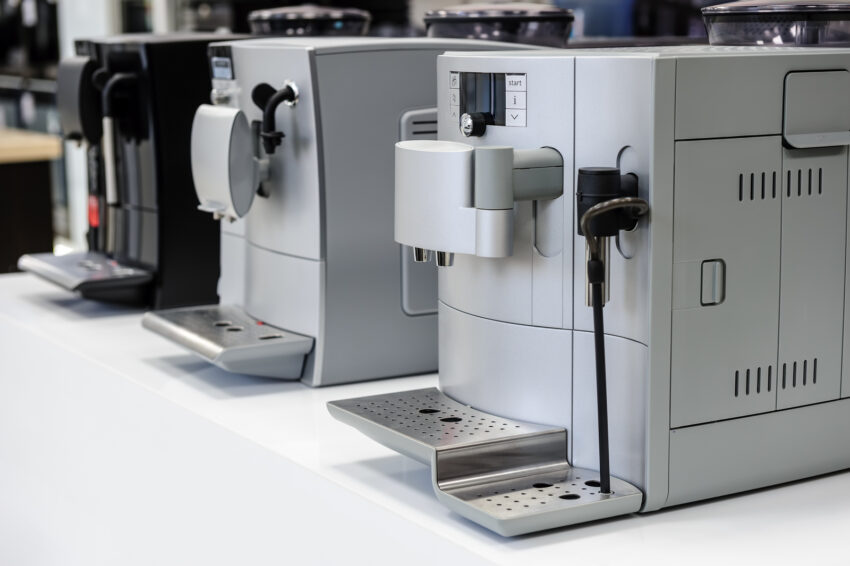
Tips For Making The Perfect Tea In A Coffee Maker
Experiment with different tea blends and strengths to find what suits your taste buds. Remember to clean the coffee maker after each use, and consider trying other methods of tea-making if you’re not satisfied with the results.
Experimenting With Different Tea Blends And Strengths
To make the most out of your tea-making experience using a coffee maker, you can experiment with different tea blends and strengths. Here are some tips:
- Try different types of tea – black, green, herbal, or fruit-flavored – to explore and discover your favorites.
- Adjust the amount of tea used for each brew to determine your preferred strength.
- Consider purchasing loose-leaf tea instead of tea bags as they offer a broader range of options and often better quality.
- Play around with the brewing time to find the perfect balance between strength and bitterness.
- Be creative with your flavor combinations by mixing different teas or adding natural sweeteners such as honey or sugar.
Remember to clean your coffee maker after each use to avoid any residual flavors from previous brews affecting future ones. By trying out these experiments, you may find unique and exciting ways of enjoying your favorite cup of tea.
Cleaning The Coffee Maker After Each Use
It’s important to clean your coffee maker after each use when making tea. Any residue left from previous brews can affect the flavor of your tea, so it’s best to start with a clean slate.
To do this, you should first empty and rinse out any remaining coffee or tea in the carafe. Then, fill the water reservoir with equal parts white vinegar and water and run a brewing cycle without any tea bags or coffee grounds.
Finally, run a second brewing cycle using only clean water to remove any residual vinegar taste.
Trying Other Methods Of Tea-making
If you’re a tea lover who enjoys experimenting with different brewing methods, there are several alternative ways to make tea besides using a coffee maker. Here are some options to consider:
- Tea infuser: A tea infuser is a small device made of metal or silicone that holds loose tea leaves and is placed directly into hot water to steep. This method allows for greater control over the strength and flavor of the tea.
- Tea kettle: A traditional stovetop kettle can be used to boil water for tea, and some models even come with built-in infusers for loose tea leaves.
- French press: While typically used for coffee, a French press can also be used to make loose-leaf tea by steeping the leaves in hot water and then pressing them down with a plunger.
- Tea strainer: Similar to a tea infuser, a strainer is used to hold loose tea leaves while steeping them in hot water. The difference is that after steeping, the leaves are strained out using the strainer.
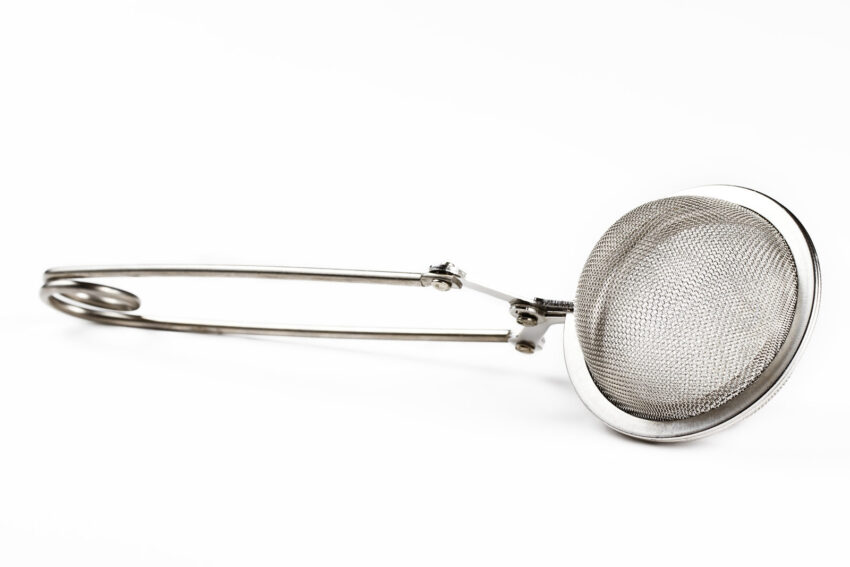
Regardless of which method you choose, be sure to pay attention to factors such as water temperature and steep time to achieve the best flavor possible from your tea.
FAQs:
1. Can you use a coffee maker to make tea?
Yes, you can use a coffee maker to make tea by simply replacing the coffee filter with a tea bag or loose-leaf tea and using hot water instead of cold water. Make sure to clean the machine thoroughly afterward to prevent any residual flavors from affecting future batches of coffee.
2. What types of teas are best suited for making in a coffee maker?
Most types of teas work well when brewed in a coffee maker, including black tea, green tea, herbal tea, and more. It is important to note that some teas may have finer particles which could clog up your coffeemaker if not properly filtered out beforehand.
3. How do I brew loose-leaf tea in my coffee maker?
Simply place your desired amount of loose-leaf tea into the empty carafe before adding hot water directly over it through the top chamber normally used for ground-up Coffee beans or percolated pods. Allow time for the steeping process to occur (usually 3-5 minutes depending on the type) before decanting the remaining liquid into a separate container or directly consuming contents within the same vessel upon completion.
4. Is cleaning my coffeemaker after making tea necessary?
Cleaning your coffeemaker after brewing something other than regular Coffee will help prevent any cross-contamination between flavors while guaranteeing product longevity as well as sanitary conditions. It is encouraged for all specialty beverages made NOT involving regular drip-coffee grounds – such as Tea – require thorough rinses at least once weekly if regularly utilized.
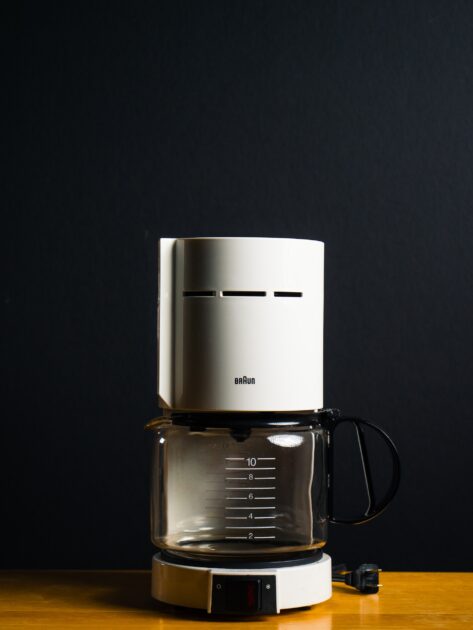
Conclusion: Final Thoughts On Making Tea In A Coffee Maker
In conclusion, making tea using a coffee maker is possible, but it may not be the best option for tea lovers. While technically hot water can extract flavors from tea leaves, coffee makers are designed specifically for brewing coffee and may not provide optimal temperatures and steep times needed for various types of tea.
Additionally, any leftover residues or mineral deposits in the coffee maker may affect the taste of brewed tea.
